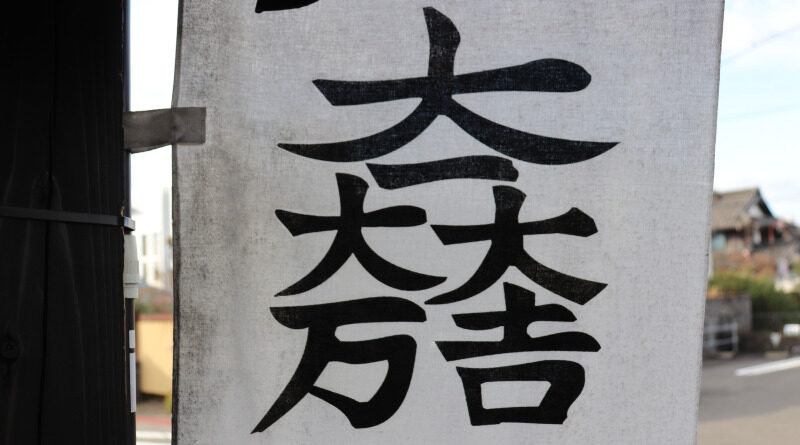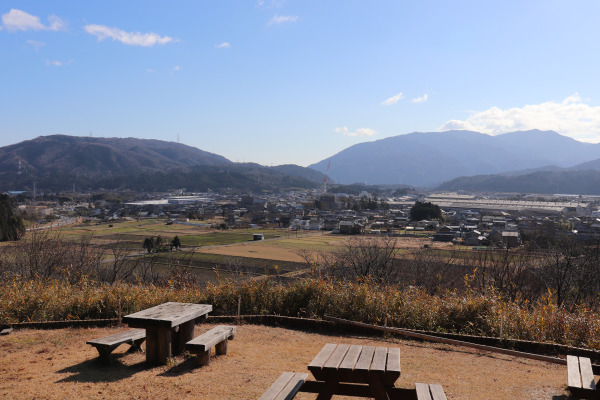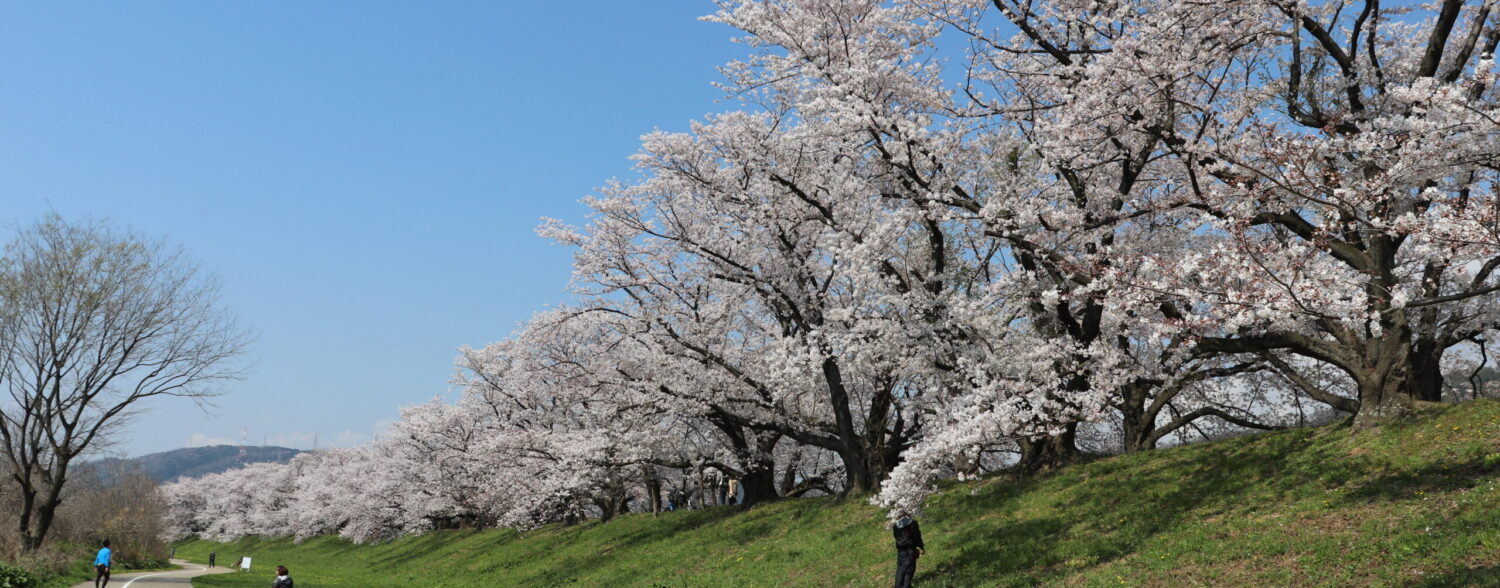
The Battle of Sekigahara: Japan’s Most Famous Battle
The Sengoku Period was full of prominent wars that left lasting impressions on Japan. Big wars such as the Okehazama War, the Kawanakajima War, and the Ishiyama War, all took place during this period of history. However, among those conflicts, the biggest and most important is without a doubt, the Battle of Sekigahara. The result of this one battle spelled the beginning of the end for the legacy of Toyotomi Hideyoshi and the samurai class, who had enjoyed immense power and influence for hundreds of years. However, it was also the dawn of the Tokugawa Era and a very new period of governance in Japan. It is not too much to say that had this one battle had gone the other way, the present-day capital of Japan might very well still be Kyoto.
In this post, we will explain this war as succinctly as possible, especially for those who don’t know much about Japanese history.
Prelude of the Battle of Sekigahara
The 5 Bugyo and 5 Tairo
In 1598 that Hideyoshi passed away in Kyoto. After he died, his only biological son, Hideyori, was only 6 years old and too young to govern the country. So, Hideyoshi appointed ten people to govern the country till his son was of age: the Five Commissioners (bugyo) [五奉行] and the Council of Five Elders (tairo) [五大老]. The commissioners were charged with politics and governance of Kyoto and the surrounding areas, while the Five Elders were some of the most powerful daimyos in the country.
| Bugyo [五奉行] | Tairo [五大老] |
Ishida Mitsunari [石田三成] | Tokugawa Ieyasu [徳川家康] |
Asano Nagamasa [浅野長政] | Mori Terumoto [毛利輝元] |
Maeda Geni [前田玄以] | Uesugi Kagekatsu [上杉景勝] |
Mashita Nagamori [増田長盛] | Maeda Toshiie [前田利家] |
Natsuka Masaie [長束正家] | Ukita Hideie [宇喜多秀家] |
Ieyasu’s Grab for Power
Among those was appointed by the late Hideyoshi was Tokugawa Ieyasu, one of the 5 Tairo. Ieyasu was the most powerful of the Tairo, as he controlled the most of Kanto region. So, after Hideyoshi died, Tokugawa Ieyasu immediately began to position himself to be the next shogun. It was almost as if he’d been patiently waiting for this chance for years! Notably, he arranged several political weddings and gave his land to his subordinates. These were bold moves as it was not within his authority to perform these acts, but rather that of the Toyotomi clan, i.e Toyotomi Hideyori. One of the 5 Bugyo, Ishida Mitsunari, became uncomfortable with this obvious power grand and openly questioned Ieyasu’s intentions. The more Ieyasu took control, the more Mitsunari opposed him, and the relationship between these two quickly soured.
General Maeda Toshiie from Kaga (what is today Ishikawa Prefecture), would often intervene between these two in an attempt to preserve the order the late Toyotomi had put in place. But after Toshiie died in 1599, any unspoken truce between them essentially disappeared overnight.
Ishida Mitsunari vs Tokugawa Ieyasu
Actually, Ishida Mitsunari didn’t have a good reputation with the members of the Tairo. Though respected for his intellect and had several notable military achievements under his belt, the generals viewed him as little more than a bureaucrat. Besides, it also didn’t help that Ieyasu had spread many rumors about him. For these reasons, several members of the Tairo, namely Kato Kiyomasa, viewed Mitsunari as unfavorable and plotted to assassinate him. In a strange turn of events, contrary to confronting them, Mitsunari turned to Ieyasu’s and asked for his assistance. In return for helping him, Ieyasu instructed Mitsunari to leave the capital and return to his castle in the Omi Province. Subsequently, Mitsunari left the capital humiliated, and though he was the one who’d sought Ieyasu’s help, that he now owed him his life was salt in the wound.

With Mitsunari is gone, nobody could stop Ieyasu. The Maeda clan tried to come forward to help reign in the power-hungry Ieyasu by publishing a public letter condemning his actions. The Uesugi clan of Tohoku, who were appointed regents to Hideyori, were also critical of Ieyasu and began to build their military forces. Ieyasu would not tolerate their defiance.
He publicly accused the Maeda clan of conspiring in a plot on his life. This forced the Maeda clan to surrendered to Ieyasu’s authority. The Uesugi clan, on the other hand, was unshaken. When Ieyasu condemned them for building their forces he demanded they come to Kyoto to explain themselves at once. In response, the chief advisor of the clan published a scathing counter-condemnation of Ieyasu’s blatant violations and abuses of power. Seething with anger, Ieyasu then dispatched his troops to Tohoku to suppress them.
Setting the Stage for Battle
However, this was a great opportunity for Mitsunari. Once Ieyasu left the capital, Mitsunari secretly assembled an army and declared war against Ieyasu. He appointed Mori Terumoto as the lead general of his army (as Mitsunari was not popular, he didn’t take this position for himself). Mitsunari began invading the castles of Ieyasu’s allies. After a few victories, Mitsunari and his other allies against Ieyasu gathered at Ogaki Castle in Gifu Prefecture. There, they decided to fight against Ieyasu on the infamous Sekigahara Battlefield, which is right near Ogaki Castle. The Sekigahara Battlefield was not unfamiliar with warfare, as had already served as the stage for one of ancient Japan’s most wars, the Jinshin War. It was also a very strategic location for Mitsunari and his forces since the area is surrounded by mountains with many important roads nearby.
Upon learning of Mitsunari’s actions against him, Ieyasu immediately pulled his troops out of Tohoku and headed back to Kyoto. However, during his march home, Ieyasu made camp by his main castle, Edo Castle. There, he wrote many letters to his allies across the Kanto Region and even to those who stood with his enemy. He wrote to Mitsunari’s allies and more or less promised, that if they were to suddenly put down their arms and join him, he would bear them no ill will.
Before long, he had remobilized his armies westward with one goal in mind; defeat Mitsunari.
The Battle of Sekigahara
East vs West
Both sides gathered in Sekigahara on September 14th, 1600. The armies were equally matched with roughly 80,000 each. Since the generals who sided with Mitsunari were mainly from the west, they were called Seigun (Western Amry) and the generals who sided with Ieyasu are called Togun (Eastern Army) because Ieyasu’s political influence dominated eastern Japan.
| West | Number of Soldiers | |
| Ishida Mitsunari | 5,000 | Center Member of the Seigun |
| Mori Terumoto | 16,000 | The leader of the Seigun, but stayed in Osaka Castle. Instead, Mori Hidemoto participated in Sekigahara. |
| Konishi Yukinaga | 6,000 | Famous as a Christian daimyo |
| Ukita Hideie | 17,000 | Fought against Fukushima Masanori as Togun |
| Shimazu Yoshihiro | 1,600 | Left surrounded by the enemies at the end of the war but run through them |
| Otani Yoshitsugu | 600 | Mitusnari’s best friend. Died in Sekigahara |
| Kobayakawa Hideaki | 15,000 | Betrayed by the Seigun and became a member of the Togun |
| Shima Sakon | 1,000 | Mitsunari’s toughest soldier. Died in Sekigahara. |
| East | Number of Soldiers | |
| Tokugawa Ieyasu | 30,000 | Commander of the Togun |
| Kato Kiyomasa | N/A | Despite being in exile but attacked enemies castles in Kyushu |
| Fukushima Masanori | 6,000 | Given Hiroshima Castle but later confiscated by Ieyasu |
| Hosokawa Tadaoki | 5,000 | His wife, Grace, committed suicide before Mitsunari took her as a hostage |
| Todo Takatora | 2,500 | Famous for building castles. Devoted entire life to Tokugawa |
| Kuroda Nagamasa | 5,400 | Son of Kuroda Kabei. Killed by Shima Sakon |
| Honda Tadakatsu | 500 | The toughest soldier of the Sengoku Era |
| Ii Naomasa | 3,600 | Famous for his deep red armor. Seriously injured in the Battle of Sekigahara |
Mitsunari’s army arrived at Sekigahara first. They quickly set up camp on the top of the mountain so that they could command a great view of the battlefield. Meanwhile, most of Ieyasu’s forces settled at the foot of the mountain. For the time, it seemed Mitsunari had the advantage.

As dawn broke a thick fog hung in the air. While Ieyasu was confident, anxiety was running high for Mitsunairi. Though he had many soldiers, their allegiance to him was less than assured. A great deal of his most powerful allies still sat on the sidelines with their armies. He could not guarantee they would actually participate in the fight that was soon to begin.
Around noon, the fog lifted. Ieyasu’s ally, Ii Naomasa, fired his rifle and the battle was afoot.
Chaos and Betrayal
As the battle dragged on, it became ever clearer to Mitsunari that the support of his allies was not as strong as he’d hoped. The fact of the matter is that the powerful leaders he’d called on for aid were loyal to Toyotomi Hideyoshi— not his young son. Moreover, Ieyasu was very powerful; basically half of the country was already in his pocket. Further undermining the commitment of Mitsunair’s allies were the letters Ieyasu wrote to them during his brief stay in Edo Castle. In return for their neutrality, Ieyasu guaranteed their lands would not be taken and they would not be punished. As a result, few of the generals fought hard as they could for Mitsunari. Even the Mori Terumoto, the leader of the Western Army, sat on the sidelines with hundreds of troops cautiously observing the situation.
Another powerful ally of Mitsunari, Kobayakawa Hideaki, reluctantly sided with the Western Army. However, when he saw Ieyasu shot at him with his gun, his blood ran cold. Terrified of Ieyasu’s revenge, Kobayakawa began to attack the troops of Mitsunair’s most faithful friend, Otani Yoshitsugu. After becoming fatally wounded on the battlefield, Otani killed himself (it was preferable to take one’s own life, so as to not be captured by the enemy). The death of Otani was the turning point of the battle. As Otani’s troops began to fall or flee in droves, Mitsunari’s soldiers realized they were on the losing side, and started to just run away.
The Battle of Sekigahara, the biggest battle of the bloody Sengoku Period, was over in only half-day.
The Aftermath of the Battle of Sekigahara
After the Battle of Sekigahara, Ishida Mitsunari was discovered in the nearby Shiga prefecture and arrested. He was drug to Sakai, an important and powerful port city that Mitsunari and his brother had played a crucial role in developing. There, he was drug through the street by horses. Then, broken and bleeding, he was taken to Kyoto and decapitated. Many other generals of Mitsunari’s side were also arrested or stripped of their land. Interestingly, Ieyasu didn’t punish Kobayakawa Hideaki for his participation in the Western Army. Kobayakawa’s betrayal has led many historians to conclude that he had agreed to fight for Ieyasu before the battle had even begun.
Perhaps if he and the other daimyo who’d pledged to fight for the Western Army had remained loyal, the outcome of this battle would be completely different. Some might even think it ironic that it was the disloyalty of samurai that ended their era as a powerful, elite social class.
Two years after the Battle of Sekigahara, Ieyasu began the Edo Government in Edo, present-day Tokyo. Realizing that powerful warriors could easily rise through the ranks and take what he’d already fought so hard to obtain. In order to prevent this, he stripped powerful samurai clans of their precious swords, taxed them heavily, and forced them to spend most of the year away from their lands. With the samurai knee-capped one key problem remained for Ieyasu; the Toyotomi clan. In fact, the only reason the Toyotomi banner did not fly during the Battle of Sekigahra was that Toyotomi Hideyori was simply too young to participate. In the end, even though Ieyasu, at last, seemed to have the military might he needed to be shogun, that title would ultimately illude him until he completely eliminated the Toyotomi clan.

Leave a Reply